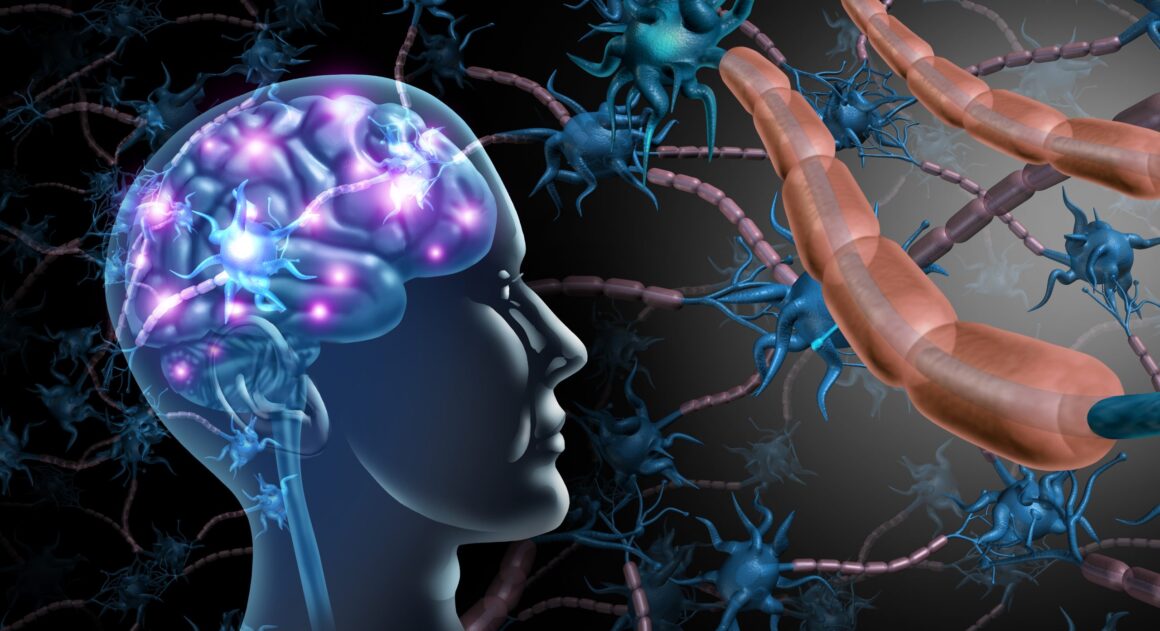New Delhi, 08 December 2024: Brain strokes, long considered a health issue affecting older adults, are now increasingly impacting younger individuals. According to the Indian Stroke Association, the incidence of strokes in the 30-40 age group has surged from 5% to 10-15% in recent years. This alarming trend highlights an urgent need to address the factors contributing to this rise and implement preventive measures to curb the growing burden of strokes among young adults.
Understanding Brain Strokes
A brain stroke occurs when blood flow to a part of the brain is interrupted, either due to a blocked blood vessel (ischemic stroke) or a ruptured blood vessel (hemorrhagic stroke). Without adequate blood supply, brain cells begin to die, leading to potential long-term disability or death. Early intervention is critical to minimizing damage, making awareness of risk factors and symptoms essential.
Why Are Strokes Increasing Among Young Adults?
Several factors contribute to the rising incidence of strokes in the 30-40 age group:
Lifestyle Changes: The modern lifestyle, characterized by long working hours, sedentary habits, and unhealthy diets, is a significant contributor to stroke risk. Increased consumption of processed foods, high in salt, sugar, and unhealthy fats, has led to a rise in obesity, hypertension, and high cholesterol levels—major stroke risk factors.
Stress and Mental Health Issues: High levels of stress and anxiety, often associated with demanding careers and financial pressures, can elevate blood pressure and trigger stroke-inducing events. Additionally, untreated mental health issues like depression can lead to unhealthy behaviors such as smoking and excessive alcohol consumption, further increasing risk.
Rise in Hypertension and Diabetes: Chronic conditions like hypertension and diabetes are no longer diseases of the elderly. Increasingly, these conditions are being diagnosed in younger individuals due to poor dietary habits, lack of physical activity, and genetic predisposition. Hypertension, in particular, is a silent killer, often going undetected until it leads to severe complications like strokes.
Smoking and Substance Abuse: Smoking, a known risk factor for strokes, has become prevalent among young adults. Additionally, substance abuse, including recreational drugs and excessive alcohol use, further compounds stroke risks. These substances can lead to blood vessel damage, increased clotting, and heightened blood pressure.
Unrecognized or Untreated Heart Conditions: Undiagnosed heart problems such as arrhythmias or structural abnormalities can increase the risk of blood clots, leading to strokes. Young individuals often overlook regular health check-ups, allowing these conditions to go unnoticed until they cause severe complications.
Genetic and Environmental Factors: A family history of strokes or cardiovascular disease can predispose individuals to a higher risk, while environmental factors like pollution and exposure to toxins may also play a role.
Symptoms of Stroke in Young Adults
Early recognition of stroke symptoms can significantly improve outcomes. The acronym BE FAST is a helpful tool to identify warning signs:
Balance: Sudden loss of balance or coordination.
Eyes: Blurred or double vision, or sudden vision loss in one or both eyes.
Face: Drooping or numbness on one side of the face.
Arms: Weakness or numbness in one arm or leg, particularly on one side of the body.
Speech: Difficulty speaking, slurred speech, or inability to understand speech.
Time: Act quickly—call emergency services immediately if any of these symptoms occur.
The Socioeconomic Impact
Strokes in young adults have far-reaching consequences. Apart from the obvious health challenges, they place a significant burden on families and society. Young individuals are often the primary earners, and a stroke can lead to loss of income, increased healthcare costs, and long-term dependency. Additionally, the psychological impact on patients and caregivers is immense, underscoring the importance of prevention and timely intervention.
Brain Strokes: Preventive Measures for Young Adults
Adopt a Healthy Lifestyle (Diet): Focus on a balanced diet rich in fruits, vegetables, whole grains, and lean proteins. Limit salt, sugar, and unhealthy fats.
Exercise: Engage in at least 150 minutes of moderate aerobic activity weekly.
Weight Management: Maintain a healthy weight to reduce the risk of hypertension and diabetes.
Monitor Health Regularly: Check blood pressure, cholesterol, and blood sugar levels periodically.
Undergo regular heart check-ups, especially if there’s a family history of cardiovascular diseases.
Avoid Smoking and Limit Alcohol: Quitting smoking and moderating alcohol consumption can significantly lower stroke risk.
Manage Stress Effectively: Incorporate stress-reduction techniques such as yoga, meditation, and mindfulness into daily routines. Seek professional help if needed.
Stay Educated About Symptoms: Awareness of stroke symptoms and the importance of seeking immediate medical help can save lives.
Brain Strokes: Advocating for Policy Changes
Government and healthcare organizations must work together to address the growing stroke epidemic in younger populations. Initiatives such as:
Public awareness campaigns on stroke prevention and early detection.
Subsidized health screenings for young adults.
Promoting physical activity through community programs.
Regulating the availability and marketing of unhealthy processed foods.
The rise in brain stroke cases among young adults in India is a wake-up call for individuals, healthcare providers, and policymakers. Preventing strokes in the 30-40 age group requires a collective effort to promote healthier lifestyles, improve access to preventive care, and increase awareness of risk factors and symptoms. By taking proactive steps, young adults can significantly reduce their stroke risk and ensure a healthier, more productive future.

